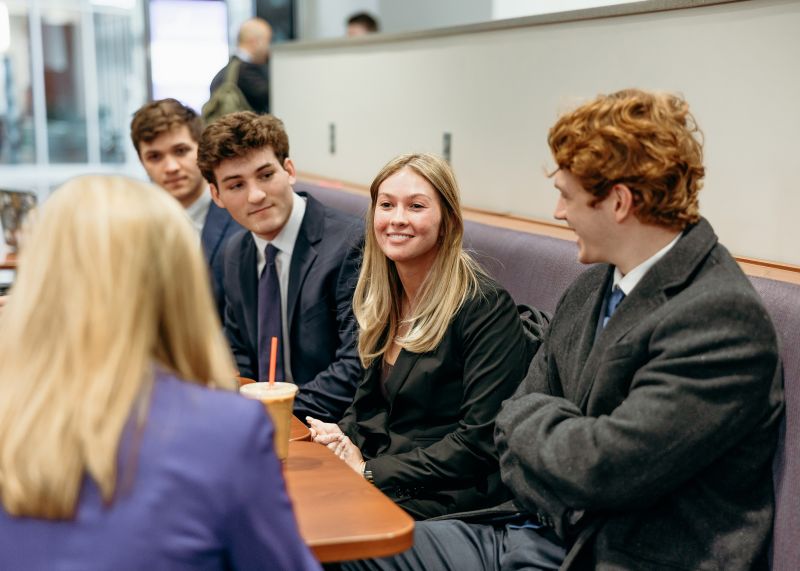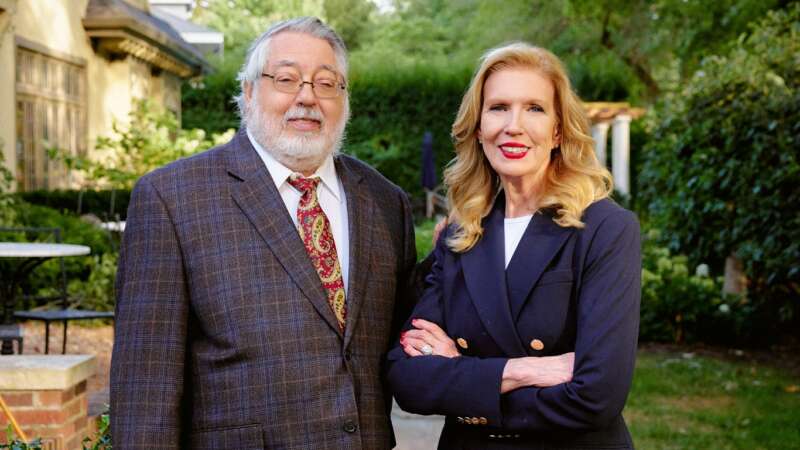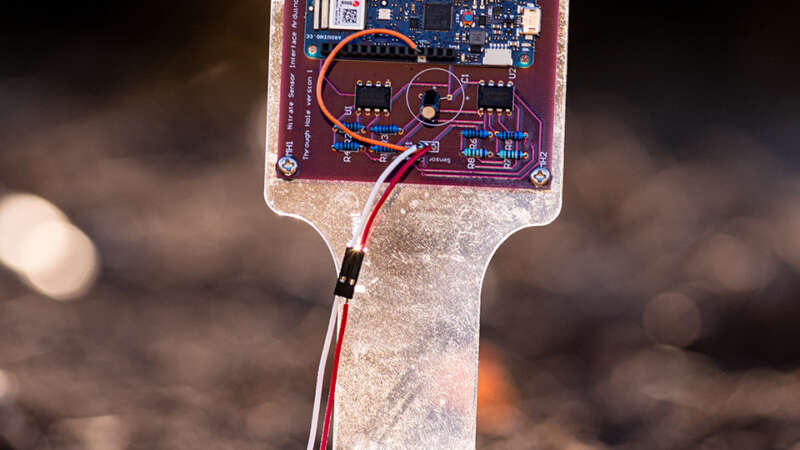K-State Finance Scholars’ unique investment solution paints prettier image of private equity.
In the world of finance, crunching numbers isn’t enough to stand out.
It takes innovation, strategy and a touch of calculated risk — exactly what the winning team of K-State finance scholars showcased during the Olin Impact Case Competition.
Abby Colburn, senior in finance, says her team’s success during the competition at Washington University in St. Louis was a testament to the leaders that the K-State finance program builds.
What was the challenge your team was asked to solve?
We were asked to combat negative connotations around private equity companies. Private equity companies, who buy a business, make operational improvements and then sell it for higher value, normally have a short holding period for businesses — about five to seven years.
This can give them a bad reputation because people think these companies go in and make as many cuts as possible, and then leave without adding any value to the company. So we were asked to make a patient capital model to solve some of these issues.
What did entering the competition look like?
In the first round, we had to submit a written paper that was limited to three pages. Out of the 50 teams that entered, they took five graduate and five undergraduate teams for the final round, which was a live presentation and an updated report.
How did you tackle preparing for the live pitch?
We talked about how many hours we each put into practicing, and I think we put in well over 150 hours between writing and building out the presentation and then preparing what we were going to say. Throughout the entire drive up to the competition and even at the hotel, all we did was practice.
What was your team’s winning solution?
The prompt was pretty vague, which made coming up with a solution fun but challenging. We decided we needed a longer holding period — 15 to 20 years, which is way longer than the five to seven traditional companies use.
We decided to play into K-State’s strengths, so our model focused on agricultural processing companies in the Midwest, specifically permanent crops like apples, cherries and nuts that last hundreds of years without having to be replaced. Then, our idea was to improve their systems through automation or technology to help them grow without having to fire people or change a bunch of the business.
We also decided to talk about how we could leverage our relationships at K-State to buy companies in the ag processing industry and provide them with stronger efficiency, sustainability and innovation, which showed we could give strong financial return to our investors.
How did K-State stand out?
During the presentation, we decided to pitch our fund like we were talking to a potential investor. A lot of the groups presented theirs like an already approved model, but our choice really made it come to life and showed the judges why people would invest in it and what value it would bring to them. The added detail and creativity it took for us to pick a sector focus also really impressed the judges.
We also worked hard to carry ourselves well. I think going out there and being humble and thankful for the opportunity showed our character and put a good taste in everyone’s mouths. We were with schools that have outstanding business programs, but they were impressed with us — mainly because of the opportunities and support we receive, since their programs can sometimes be overly competitive. I think getting good exposure like this helped us show how special our program is.
Support the College of Business Administration.
Written By: Abbigail Marshall



